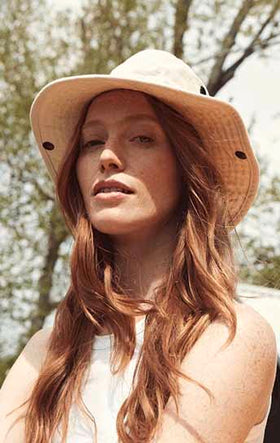
How to prepare for your first wild camp in Ireland?
Want to go wild camping for the first time but not sure how to prepare? Don’t fret! We’ve got you covered. If you’re not a first timer, there might be something new for you here too. While camping in the wilderness offers the feeling of freedom and disconnect from the hustle and bustle of daily life, it’s vital you take time to properly prepare for your wild camp adventure. Here we give you 7 tips to prepare for the wild camp you’ve been dreaming of.
1. Where are you going?
Seriously, where are you going? This will determine how you prepare for the next steps. Make sure you plan your location in advance. A good idea for new wild campers is to go somewhere you’ve day hiked before; this way you’ll be more comfortable on your first camp and will be familiar with the terrain in case of an emergency.
If you’re not sure of a good spot where wild camping is permitted, check out these links, they detail some good wild camping spots in Ireland: Outsider. A good place to start are national parks, they should have specific camping rules detailed on their website for you to check out before you go.
Once you know where and when you’re going, let someone close to you know, and your expected return time. This is a great way to stay safe.
Most likely, you’ll not have service out there. Why not bring along a GPS device for navigation, most models also allow you to give friends and family updates on your location. Check this piece of gear out GPS device.
2. Weather
Now that you know where and when you’re going, you should keep an eye on the weather forecast. Keep checking over the course of the week and plan accordingly. If rain is expected, make sure you have your waterproofs - most importantly waterproof boots. If extreme weather conditions are predicted, maybe plan for a different weekend, extreme conditions can prove difficult even for the most experienced wild campers.
Don’t let cold weather stop you though! Just make sure you have the right gear for the right conditions. Wrap up in lots of layers and maybe even light a campfire - although make sure to do this responsibly (see tip 4).
3. The wild camping code
Familiarise yourself with the camping rules of your camp location and most importantly, leave no trace. In addition please adhere to the ‘Wild camping code’, a version of which can be found here Wild camping Code.
4. Can you light a fire?
Lots of locations will have their own rules regarding camp fires, but the general rule remains - leave no trace. If you do want to light a fire, make sure that it is lit at a designated campfire spot, or on rock or sand, where no earth will be scorched. Keep it small and in control, and don’t leave your campsite until the fire is fully extinguished. If you want a heat source purely to cook on, then why not bring a camp stove instead? Small lightweight versions can be found here Best Stove for camping.
5. What food should you bring?
Of course depending on the duration of your trip you should pack food accordingly, but what kind of food? This may also be determined by whether or not you have a camp stove. If you’re stuck for ideas as to what to bring, a handy and tasty solution is to buy pre packed adventure food.
6. Hydration!
One of the most important things to prepare in advance - how will you source safe drinking water? There are lots of options when it comes to prepping this, but once you’re out in the wild, there may be limited to no options!
Lots of people pack hydration bladders; this one is perfect for a one night wild camp Hydration. However, to be safe, it’s best to also bring a water filter so that you can filter water from a nearby stream or river. This is our recommended water filter Sawyer Mini Filter.
7. What to wear?
Now that you know where you’re camping, the weather, and how long you’re camping for, you can plan what to wear. Our one tip is - layer up! Layers allow for you to easily adjust to changing conditions. Check out our blog next week for recommendations on the best layers for hiking and wild camping.
That’s it, you’re all set for your first wild camping adventure. Happy camping!






